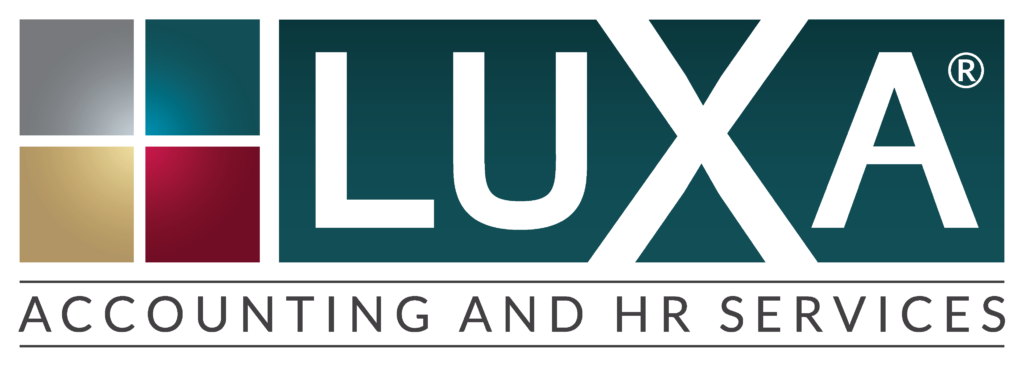Many workers in today’s labor market view their employee manual as a boring list of “don’ts” that they have to sign in order to get, or stay employed. For their part, employers may consider employee manuals to be a “necessary evil” that protects them from potential lawsuits.
Nevertheless, a clearly-written, job-specific and value-aligned handbook can be an asset to employees and employers alike. Of course, there are certain elements that just about every employee manual must contain in order to be effective, not to mention legally compliant. This article will discuss 5 of these key elements that should be in your company’s employee manual.
Element #1: Provisions Required by Law
There are certain elements of your employee handbook that, by law, must be included in its content. While federal laws are generally a constant across all 50 states, you will need to investigate the state and local employment laws applicable to your specific region. Some key provisions that your employee manual should contain may include:
- Family and medical leave (FMLA) policies. The Family Medical Leave Act mandates that employers of a certain size (typically those with 50 or more employees) must provide their workers with up to 12 weeks of unpaid leave during any year-long period if certain conditions apply. These conditions include the birth or care of a child, the care of an immediate family member dealing with a severe health issue, or self-care if the employee suffers from a serious health condition.
- Equal employment opportunity and non-discrimination policies. The United States Department of Labor requires many companies to publish information specifically stating that they adhere to non-discrimination and equal opportunity laws in both their hiring and promotion processes.
- Worker’s compensation policies. Many states require companies to inform their employees of worker’s compensation policies in writing. While some handbooks may present worker’s compensation as an “employee benefit” derived from working with the company, the fact is that worker’s compensation is a matter of law, and is considered an inherent right that employees possess, rather than a privilege that their employer extends to them.
Of course, if your company operates across several states, or encompasses both union and hourly-paid employees, then you may need to compose multiple handbooks for distinct business units within your organization.
Element #2: Important Clauses
Apart from what is legally required, you should also include some clarifying clauses within your employee manual, in order to avoid confusion and the potential for lawsuits later on. These statements and disclaimers should include terminology similar to the following phrases:
- “Not a contract.” It is important to clearly state that your employee manual in no way, shape or form functions as an employment contract. Your handbook is not even an “implied contract,” since it offers no guarantee of employment for any specific length of time. One legal expert recommends the following wording: “Either the Company or you can end the relationship at any time, with or without notice, with or without reason, to the extent allowed by the law.”
- “Subject to change.” Some policies in your employee manual may need to be updated and/or revised with the passing of time. Thus, it is wise to make some room for this eventuality by stating that the guidelines within your employee handbook are subject to change, and your employees may occasionally receive notice of new or modified procedures, or other changes.
- “I have read and understand…” Each employee manual should include an employee acknowledgement page. The purpose of this page is to verify that your employees have read the manual and understand their responsibilities as outlined within the handbook. It should be detachable, include a space for signature, and stay within the employee’s file upon completion.
Element #3: Expectations
Another key element that an employee manual should contain is a section devoted to expectations. This section should make clear what the company expects from the employee, as well as what the employee should expect from the company.
Some common topics related to expectations within the employee-employer relationship include:
- The company’s attendance policy (what constitutes a late arrival, penalties for tardiness or unapproved absence, etc.)
- Meal break/rest period policies
- Dress code policy (if applicable)
- Computer usage and social media policies
Element #4: Compensation and Benefits
This section will be one of keen interest for your employees. You should include the following vital information as part of this element:
Your company’s paid time off/vacation policy. The manual should spell out how your employees can earn vacation time, how they can schedule it, and how it is calculated.
Methods of payment. This will discuss the different options available to employees for receiving their paycheck (e.g., paper check, direct deposit, PayPal, and so forth).
Frequency of payment. Your handbook should also include some details on how frequently your employees will be paid, whether it’s weekly, every two weeks, monthly, etc. The last thing your new hires want is to discover that they won’t be paid as quickly as they originally thought. A clear statement in your employee manual can help to avoid such a misunderstanding from the outset
Element #5: Company History
This last element is not strictly required for a complete employee manual. Nevertheless, there are compelling reasons to include a brief overview of your organization’s history, mission statement, and current leadership team. Such information can help your employees to buy into your company’s values, feel part of a cohesive team, and more clearly understand the internal culture that you are endeavoring to foster.
Creating an employee manual that covers all the necessary legal and organizational bases, while at the same time providing real value to your employees, can be a daunting challenge. However, such a project can yield tremendous benefits to your company.
Many organizations turn to outsourcing companies for assistance with vital HR services, such as the composition of an effective employee manual. If you’d like to learn more about the advantages of partnering with an affordably-priced accounting and HR solutions provider, reach out to us at LUXA Enterprises for further information.


